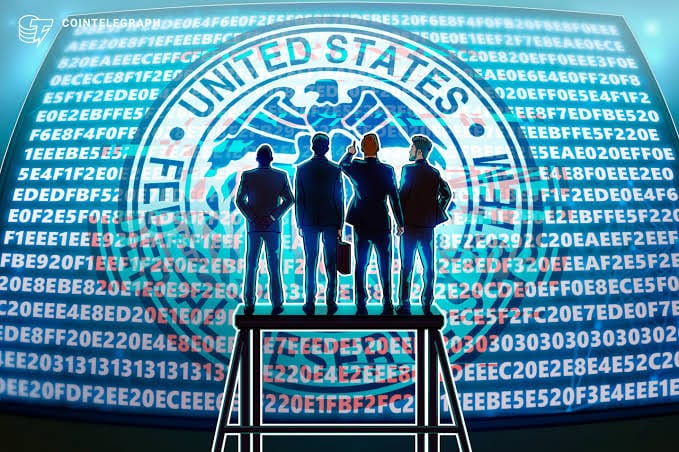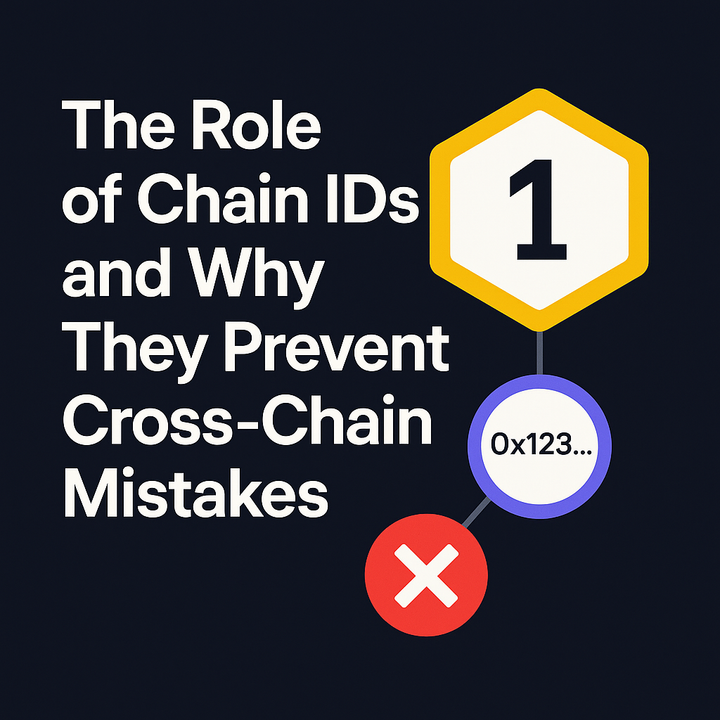Fed Dismantles Its Crypto “Novel Activities” Program — What That Means for Banks and Their Future in Crypto

What happened (short version)
This week the Federal Reserve quietly sunset its Novel Activities Supervision Program, the specialist team created in 2023 to monitor banks’ crypto and fintech experiments. The Fed said it will now fold those responsibilities back into its normal bank-supervision process, arguing that staff have a stronger, more mature understanding of these activities and no longer need a standalone program. Federal ReserveReuters
That sounds bureaucratic, but it’s a big policy signal: the Fed is moving from a “special watch” posture to treating crypto-related bank activities as part of everyday supervision. That shift has practical and strategic consequences for banks, crypto firms, and regulators alike.
Why the Fed made the move
There are three practical reasons behind the decision.
First, the Fed says it has learned a lot since 2023. The specialized program was never meant to be permanent — it was a focused way to gather expertise quickly and to ensure examiners understood fast-moving tech and business models. With that knowledge now more embedded across exam teams, the central bank argues the special unit can be retired and the work handled within routine supervision. Federal Reserve
Second, the regulatory landscape has shifted fast this year. Other federal regulators already rolled back or re-framed their own crypto guidance earlier in 2025, and the Fed’s decision aligns it with a wider move to normalize crypto oversight rather than keep it sequestered in a separate silo. In short: policy is transitioning from emergency mode to steady state. Reuters
Third, folding crypto supervision into the mainstream reduces dual-track friction for banks. When a bank had to run a crypto project past a specialist team, that created a procedural speed bump and often uncertainty. The new approach signals fewer process hurdles — but not fewer expectations around safety and compliance. CoinDesk
Why banks are likely to notice — and maybe celebrate
For banks sitting on the sidelines, this is an encouraging operational sign. Under the specialist program, supervisors sometimes required separate approvals or deeper pre-clearance for activities like custody, stablecoin services, or crypto-collateralized lending. Folding the work into normal supervision removes one layer of process overhead and suggests examiners will treat crypto products the same as other novel bank products — with familiar risk frameworks instead of bespoke rules. That lowers the procedural friction for launching pilots or scaling crypto services. CoinDeskReuters
In plain language: banks that were worried about being frozen out for experimenting with token custody or stablecoin rails may feel more comfortable moving forward. That could accelerate product launches — more custody offerings, tokenized asset pilots, and bank-facilitated on-ramps. And where banks move, institutional flows often follow. Reuters
But don’t mistake “normalization” for lax supervision
This isn’t a free pass. Folding crypto oversight into routine supervision doesn’t mean the Fed will ignore crypto risks. The central bank explicitly said examiners will continue to monitor activities that could affect safety, soundness, or systemic stability — it’s just doing the monitoring through existing supervisory channels. Expect examiners to use familiar tools (capital, liquidity, model risk reviews, governance checks) to assess crypto experiments. Federal Reserve
Put another way: the guardrails change form but not function. Banks will answer the same core questions they always do: Do you understand your counterparty risk? Is your custody solid? Are your liquidity plans stress-tested for token price shocks? Can you prove compliance with AML/KYC and sanctions screening? Those are basic banking questions wrapped in new product wrappers.
The downsides: loss of specialist focus and institutional memory
There’s a downside risk here that deserves attention. The specialist program concentrated subject matter experts who developed deep technical knowledge of wallets, smart-contract risk, and token economics. Pulling that expertise into more generalized exam teams may dilute specialist focus — and that matters when examiners need to evaluate complex cryptographic custody models or multi-party settlement arrangements.
If the Fed doesn’t preserve a center of excellence or knowledge hub internally, supervision could become uneven: some exam teams will be comfortable reviewing tokenization, others less so. That unevenness can create regulatory arbitrage where banks test in regions or exam offices deemed friendlier — not an ideal outcome for consistent safety standards. Bankless
What this means for banks’ business strategies
- Faster pilots, conditional scale. Expect more banks to run pilot custody, tokenization, and stablecoin projects — but they’ll still need airtight risk controls before scaling those pilots into production. The approval path should be clearer and less gate-keepy, but the bar for risk management remains high. CoinDesk
- Product innovation that still checks boxes. Banks will favor designs that map onto existing supervisory frameworks: custody models resembling trust services, tokenized assets with transparent custody and audit trails, and settlement flows that preserve AML/KYC. In short: blockchains that can plug into old-school compliance are likeliest to win. Reuters
- More demand for vendor services. Expect a boom in compliance middleware, institutional custody, reconciliation tools, and vendor audit services. Banks will outsource gaps in crypto operational expertise to third parties rather than build everything in-house. That’s a commercial opportunity for the growing FinTech supply chain. The Street
Market and political context you should know
This decision didn’t happen in a vacuum. Earlier this year the OCC and FDIC rolled back certain restrictions and the White House signaled a more accommodating stance toward selected crypto uses—altogether nudging federal policy from prohibitionary posture to conditional embrace. The Fed’s move is consistent with that recalibration: it’s less about abandoning oversight and more about mainstreaming it. Reuters+1
At the same time, political winds can shift quickly. Banks should read this as permission to prepare but not to assume permanent regulatory calm. Supervisory priorities can change with administrations or macro shocks; prudent boards will keep compliance programs robust even as product teams accelerate pilots.
Quick recommendations for bank executives
- Keep controls tight. Don’t mistake a lighter process for lighter standards — strengthen custody, operational resilience, and AML routines now.
- Document everything. Audit trails, model risk reviews, and vendor due diligence will be exam focal points.
- Invest in vendor partnerships. Expect demand for institutional custody, reconciliation, and compliance middleware. Partner early.
- Build regulator relationships. Use supervisory examinations to educate examiners — consistent two-way communication reduces surprises.
- Segment offerings. Start with “safe” uses: custody for institutional clients, tokenized short-term assets, or settlement rails for enterprise customers.
Bottom line
By ending the Novel Activities Supervision Program and folding crypto work into routine bank supervision, the Fed has signaled a move from emergency posture to steady state. That opens the door for broader bank participation in crypto — but under the same safety, soundness, and compliance tests that govern the rest of banking activity.
For banks that get the controls right, this is an invitation: innovate — but do it the way banks always have: measured, auditable, and accountable. For regulators and market watchers, it’s a reminder that mainstreaming crypto is not about letting banks run free; it’s about bringing innovative activity into the same regulatory tent as everything else. Federal ReserveReutersCoinDesk
Key sources: Federal Reserve press release; Reuters coverage of the Fed decision; CoinDesk reporting on the program closure; Reuters/coverage of broader regulatory rollbacks earlier in 2025; contextual reporting on industry reaction. Federal ReserveReuters+2Reuters+2
Internal Mitosis Links & Glossary References
- Bitcoin
- Blockchain
- Cryptocurrency
- Mitosis Core: https://university.mitosis.org/mitosis-core
- Governance: https://university.mitosis.org/governance
- Glossary: https://university.mitosis.org/glossary/
- Ecosystem Connections: https://university.mitosis.org/ecosystem-connections



Comments ()